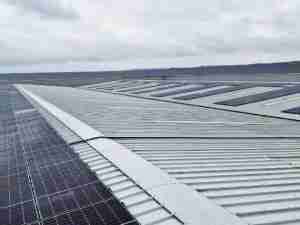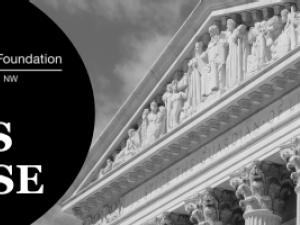Union Pacific imposing hefty surcharge on older crude railcars
By: Reuters | Jul 01 2015 at 07:01 PM | Intermodal
HOUSTON - Union Pacific Corp will impose a $1,200 per-car surcharge on oil shippers that move crude in older railcars, the company told customers this week, becoming at least the second U.S. railroad to charge extra amid widespread safety concerns.
In a revised tariff taking effect Aug. 1, a copy of which was seen by Reuters, the No. 1 U.S. railroad posted rates that will charge shippers more if they use so-called DOT-111 railcars, which are not as strong as cars built to a higher standard the industry adopted in October 2011.
For DOT-111s carrying an average of 700 barrels of crude per car, a $1,200 surcharge would add an additional cost of $1.71 per barrel shipped.
Union Pacific said it changed its tariff in response to stronger U.S. rules for handling flammable liquids that were recently announced after a string of fiery crashes.
Oil by rail proliferated in tandem with the U.S. shale oil boom. Coastal refiners, in particular, used rail to tap cheaper domestic crudes and buy fewer costly imports.
However, U.S. oil by rail shipments have dipped from more than 1 million barrels per day in the fourth quarter 2014 to 850,000 bpd in April, U.S. government data shows, as crude prices fell during a global oil glut.
Berkshire Hathaway Inc-owned BNSF Railway in January imposed a similar $1,000 per DOT-111 surcharge on shippers.
In March, the American Fuel and Petrochemical Manufacturers, which represents refiners and petrochemical companies, sued BNSF, alleging the surcharge violates the railway’s obligation to transport hazardous materials such as crude under U.S. regulations.
BNSF countered that it did not refuse to accommodate DOT-111s, and AFPM’s complaint centers on whether the surcharge is reasonable.
In May, the U.S. Department of Transportation unveiled new standards for crude and ethanol railcars, requiring more reinforcements than the CPC-1232 industry model adopted in 2011.
The government’s standard now requires all new crude railcars built from October 2015 on to have 9/16-inch thick hulls, increased reinforcements for valves where oil enters the car at the top and drains out the bottom, and full-height steel shields on the front and back.
CPC-1232s, which make up the vast bulk of new fleets bought and leased by U.S. refiners since 2012, are less fortified with 7/16-inch thick steel.
The new DOT standards included a schedule to retrofit both DOT-111s and CPC-1232s to strengthen them. The first round of DOT-111 retrofits aren’t due until January 2018.

